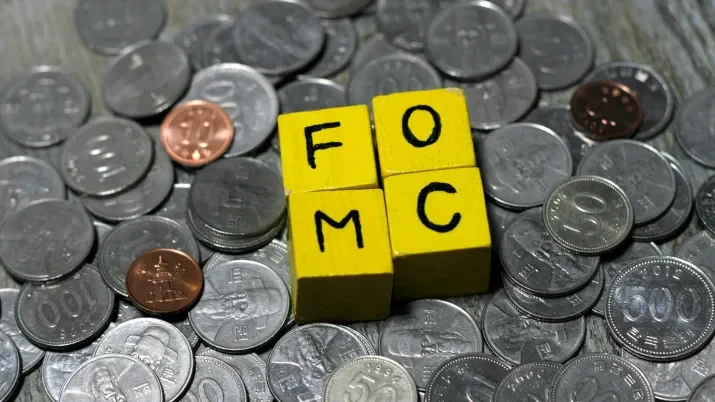Attention Returns to Central Banks
After the most hectic week of the year to date, relative calm has at least temporarily been restored to markets. Focus is now diverting away from the political mayhem in Italy, and to a lesser extent Spain, and back to mainstream central bank policy. Next week we have two key central bank meetings.
Firstly, on Wednesday we have the FOMC rate decision followed by Jerome Powell’s press conference. At the time of writing a 25bps hike is being 82% priced in according to Bloomberg. We concur with this view given the continued strength of the economy. Indeed, last Friday’s unambiguously strong US unemployment report should remove doubt from those FOMC members that were still sitting on the fence.
So whilst the upcoming hike is priced in, and therefore largely a non-event, our attention remains very much drawn to the shape of the yield curve and how much focus the FOMC members place on this. This week the spread between the 2 year note and the 10 year note breached 42bps, which represents the flattest this curve has been since 2007. Interestingly the last time that the Fed hiked with a curve this flat was in June 2006, and this turned out to be their last in a 17-hike series covering 2 years. If the Fed do hike next week it will be just the 7th in this series, but the curve is already at an equally flat level compared to 2006. So we will be listening very carefully to the press conference as we seriously doubt that the FOMC will be willing to put through all the hikes that their members are currently projecting; particularly if this flattening momentum continues.
Will they try and talk the long-end of the curve higher with commentary about the absence of a term premium, or will they hint that they will hold off from hiking while the curve is so flat and allow inflation to slightly overshoot? These will be key messages in determining how investors should position along the yield curve.
Then on Thursday we have the conclusion of the June ECB governing council meeting. Whilst no change to policy is expected, we know that this month they will be talking about the end of their Asset Purchase Programme (APP). We are expecting an announcement that the €30bn per month of purchases will be tapered at the end of September; before they cease completely at the end of 2018. Again this is broadly consensus in the market place, but it will focus investors’ attention to market technicals which have been distorted during the period that the ECB was adding to its balance sheet. It is important to note though that the balance sheet will remain at this size and maturities will still be reinvested. However, without question it is going to have an impact on Eurozone government bonds and it will NOT be positive, and given the turmoil in Italy last week timing from a BTP standpoint is not ideal for the Italian Treasury and their new government.
We expect that Mario Draghi will be asked some tricky questions on Italy, and whether the recent political turmoil affected their decision making - although he is quite accomplished at brushing these off.
Perhaps more interesting will be the length of time that rates will remain unchanged after the purchase programme ends. Language has so far been a “considerable” time, which markets have interpreted as around 6 months, this would mean we are most likely still around 12-months away from the first hike in the Eurozone.


